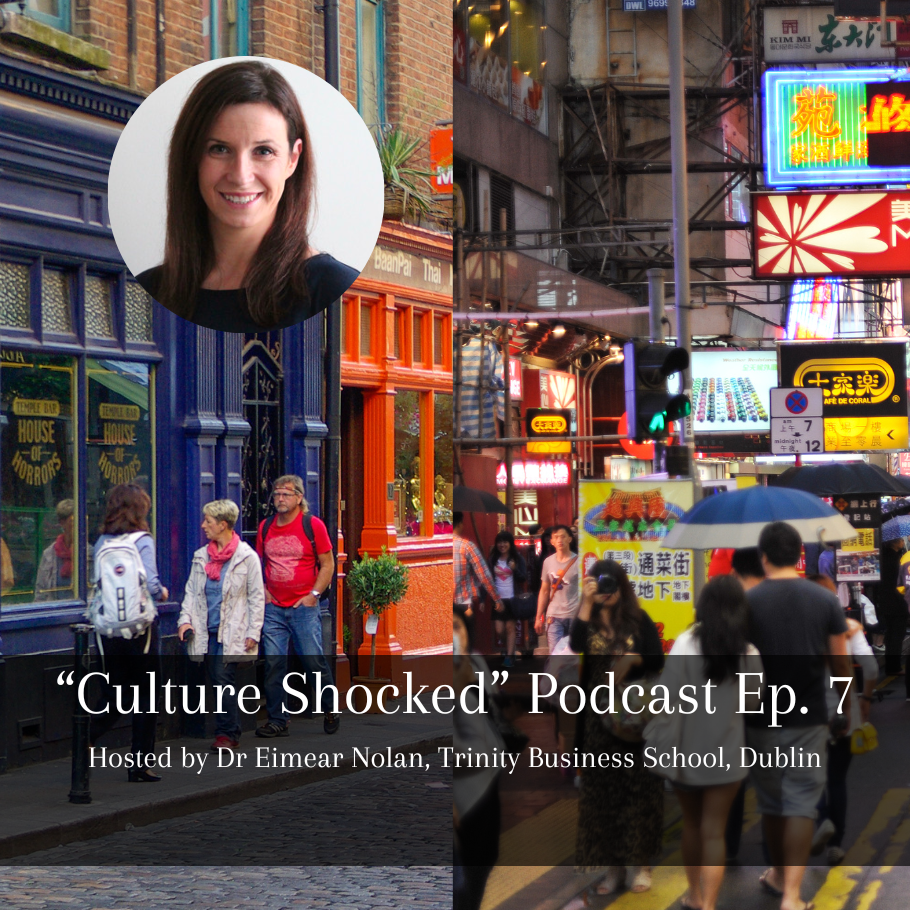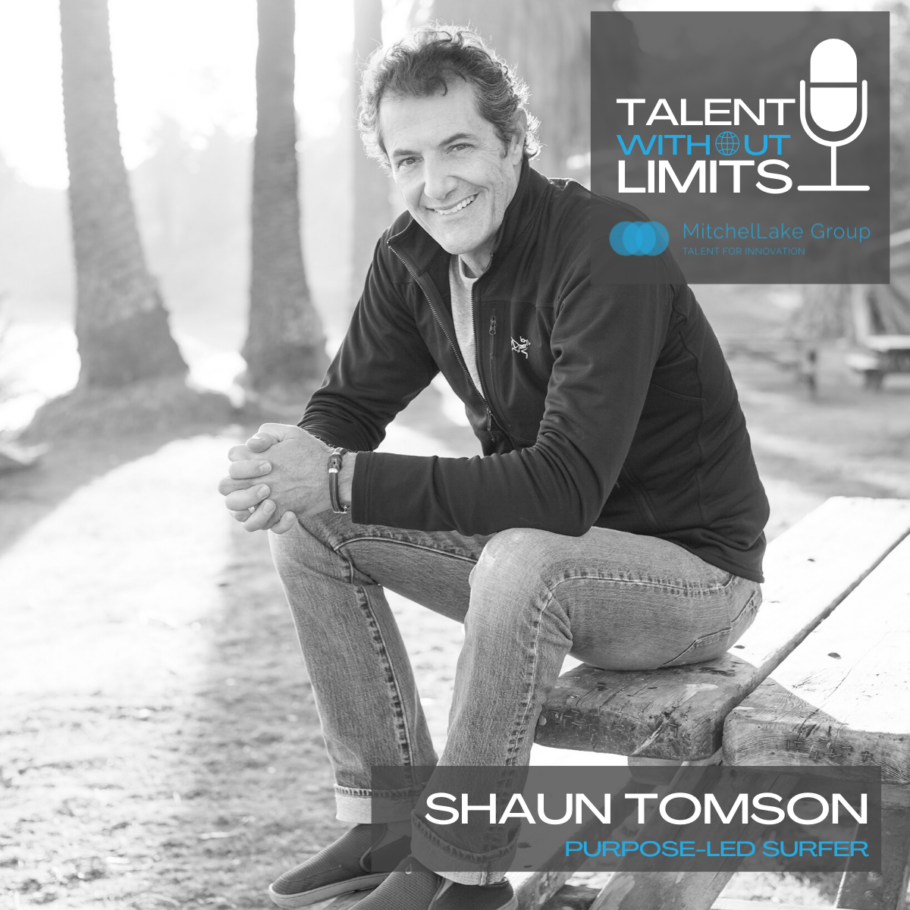Frustrated by the lack of interview feedback? Posted at 0:22, Tue, 14 January 2020 in Industry Insights
A deep dive into what Australia’s leading companies look for in hiring tech talent
Job seeking can be stressful and emotionally taxing. Interviews can be daunting, and the most common frustration is walking away with no feedback on why you were unsuccessful.
My time in search has offered me deep insight into how employers assess candidates and the nuances of finding the right person. Analysing the data we have gathered over hundreds of interviews and feedback sessions, I’ve pulled together some key trends and insights which I hope can help you in preparation for your future interviews.
- Context and data points
- Industry trends
- Highly favourable traits and typical qualifying questions
- Where candidates typically fall short, examples of client feedback to candidates
Context and data points
I have worked with leading Australian and global businesses such as Xero, CultureAmp, Cisco Meraki and Kayo Sports, as well as venture-backed startups and high growth scale-ups. The roles I specialise in range from senior technical roles, usually with a specialist skill set (e.g. machine learning, site reliability engineering), software engineering team builds (first time hires or to scale), to executive and leadership hires (e.g. CTO, Head of Engineering, Director of Technology).
The data presented below is based on more than 500 in-depth candidate conversations through my time at Mitchellake. In terms of metrics, a shortlist to interview conversion of more than 90% and an average interview to hire ratio of 6:1, which is two to three times better than the Australian average of 15-18:1 (Workable, 2018).
In our partnership with clients, we work with hiring managers to identify the business problem they’re trying to solve, and work out essential requirements for the role (in our experience, potential candidates rarely tick all the boxes). With every brief, we target and approach passive talent iterating requirements based on feedback and insight from the market.
With every candidate who interviews, successful or unsuccessful, we work with our clients to deliver detailed and constructive feedback. This allows us to be armed with strong data on what employers value the most when hiring tech talent.
Industry trends
1. Technical skills or aptitude and attitude?
For senior and leadership hires, the weighting has typically been 50:50. For junior level hires, the weighting on technical ability drops, typically favouring aptitude in problem solving, communication skills and values alignment. The general consensus is that technical ability can be coached and at the rate the landscape is changing, the ability to pick things up quickly is even more critical in order to stay on top of the game.
At the 2019 Startup Grind conference, there was a clear emphasis on hiring based on a values-based culture:
- Jonni Ganni, CTO at Weploy: in building a winning engineering team, focus on hiring “nice” people more than strong individual contributors
- Dr Ben Hurst, CEO and Founder of HotDoc: one of the unique recruitment processes of Hotdoc is that many hires have not gone for a specific role. They’ve reached out on the basis of “this is me – would you be interested in a phone call?”
2. Technology agnostic
While most companies use a specific tech stack in developing their product, e.g. Ruby, Java, Scala, Microsoft etc; in considering candidates, many of the clients we work with are agnostic of technical backgrounds.
Most interviews involve a technical task of some sort, and the most progressive ones encourage candidates to complete it in their language of choice, so that candidates have the ability to showcase their strengths. The areas typically being assessed are computer science fundamentals, approach to problem solving, engineering best practices and a demonstration of production-ready code with quality test coverage.
Highly favourable traits
1. Curiosity
Curiosity indicates a person’s natural desire to learn, with an intrinsic disposition to dive deep in problem solving, which contributes to innovation. In a fast-paced and changing environment, curiosity is also an indication of one’s ability to adapt quickly and navigate ambiguity.
In tech, some of the qualifying questions to assess curiosity are
- Do you work on side projects in your own time?
- What are some of the new technologies you’re exploring at the moment?
- What’s the last thing you learnt about X?
This Forbes article highlights the importance of hiring curious people.
2. Ability to wear multiple hats
This is especially relevant to startups and non-institutionalised environments. In hiring leadership roles for startups, one of the key criteria remains “being able to pick up the hammer or roll up your sleeves” when required.
Examples of qualifying questions:
- What type of working environment do you thrive in?
- What things do you not like to do?
- How did you approach dealing with a workplace situation where you had to perform a task outside your comfort zone?
- Do you have an example of a previous accomplishment that indicates you will thrive in this position?
3. Strong stakeholder management skills (especially leadership hires)
To no surprise, stakeholder management is an essential part of any leadership role. In engineering leadership, a common consideration is a candidate’s approach in bridging the gap between engineering and product teams.
With external facing roles, having an executive presence, commercial acumen and the ability to influence clients and industry peers is a must-have. Consulting experience is viewed favourably, as is the ability to translate business strategy into technology outcomes and key deliverables for execution.
Examples of qualifying questions:
- Can you tell us about a time when you have had to work with a cross functional range of stakeholders to get to an outcome? What worked well? What were the challenges?
- Our business has co-located technical teams, from what you know so far about the business how would you approach managing a co-located team?
- Can you tell us about a recommendation you have made or a view you have held strongly which has had significant pushback from a founder or CEO? How did you go about influencing them?
- Can you share with us a time where you had to make a judgement call where you weren’t able to consult all the available stakeholders or have all the information? How did you make the call? What happened? What were the learnings?
4. Demonstrable experience of helping a company achieve significant milestones
This differs on a case-by-case basis, the important takeaway is having detailed examples of what the challenge(s) were, your actions and business outcomes. Interviewers would look for clear and concise answers, as well as a coherent story.
As your answers form the basis of the first impression, the key areas where candidates have fallen short are:
- keeping examples too high level, unable to articulate deeper technical details when probed
- incoherent story indicating you may not be the driver of the initiative or directly involved in the project
- for a leadership role, focusing too much on the details and not demonstrating strategic and scalable thinking, particularly in relation to team engagement / cultural change
Highlighting some specific scenarios and requirements we have come across for technical leadership hires:
- First CTO hire for a venture-backed startup, seeking experience supporting the business through a capital raise and communicating technology advantage to key stakeholders
- Experience attracting, building and growing best in-class software engineering teams, e.g. doubling or tripling the size of engineering teams and how to structure for scale
- Experience building, leading and developing teams in a multi-geography and matrixed environment. Ability to coach and mentor other senior technical leaders, influencing and driving diverse teams towards common outcomes.
Most of the time, you would be able to identify or tease out what the specific requirements are from the job advertisement or position description for the role.
5. Values alignment
Alignment in values are a two-way street, the role and environment has to be right for both the candidate and company for everyone to thrive. I’ve included values alignment as an important consideration as there have been many cases where keen candidates have been passed on due to misalignment in values (or in less ideal cases, “not the right culture fit”**).
What is key, is to research the values of the company to decide whether there is alignment with your personal values. It may be helpful to reference Glassdoor reviews or reach out to past and/or present employees of the company to have a chat and get a sense of reality from an internal perspective.
A great example of a company that offers a two-way discovery process is Octo (now part of Accenture). A detailed account can be found here. Candidates who have been through the process had great feedback, describing it ‘unlike any other interviews’, and a great opportunity to experience for themselves if the company environment and role would be a right fit for them.
**Culture “fit” is subjective and arbitrary, mostly assessed based on gut feel. We actively encourage companies to use culture “add” as a better approach, not just in recruiting but creating a foundation that reflects commitment to diversity and inclusion. Read more here.
Where candidates typically fall short
This section highlights some key reasons on why candidates may be unsuccessful, supported by examples of actual client feedback from a range of searches. It is important to note that these feedback are based on what transpired during an interview, and may not be a true reflection of candidates’ actual ability. For those who struggle with interviews, I hope there are some good takeaways here to help you avoid some common mistakes.
1. Communication and the ability to bring stakeholders on a journey
Example feedback:
“My concern with the candidate was their ability to effectively structure information and ideas in a way that makes it easily consumable and persuasive. I found myself having to figure out the point they were making. They have some good experience and seem to be in the process of putting together all the pieces, but isn’t yet at a level where they can leverage that knowledge and experience effectively for a leadership role.”
“Candidate was convoluted and long winded in their answers and communication style. A lot of answers seemed more theoretical rather from experience.”
“Candidate could have sold themselves better. There were some natural hooks in their CV but we had to uncover some of this rather than them volunteering and making links. Unfortunately they didn’t articulate their core skills and value proposition well at all.”
“We were interested in how the candidate has influenced people and how they presented business cases to management for change. From their answers we didn’t get any understanding of how they are able to bring stakeholders on the journey, their understanding of upcoming challenges and what we can do to future proof ourselves.”
“The candidate did not explain the [specific technical concept] well. I had to infer that based on the technical descriptions they gave. This is a concern as the role will require clear communication with engineers (across multiple locations) to help with coaching, mentoring and championing engineering practices.”
“We are looking for someone who is in for the long haul. The candidate wasn’t able to articulate clearly why their last few engagements were consistently no longer than 12 months. In a leadership role, this raises concerns on whether they were able to bring the executive team with them, and whether they would be more inclined to move on to new challenges quickly.”
2. Rigidity or unable to depart from usual way of working
Example feedback:
“When it came to challenging their way, the candidate would very rarely step away from that. They were very strong in what they wanted to do [they were usually right], but we need someone who is more of an all-rounder to sit at the executive level. They would need support in understanding how to and the theory of working with people.”
“When working through the problem, the candidate wanted to strictly follow a process that they had in their head. When we asked to pause a certain area of discussion to probe further, the candidate refused and wanted to stick to their thought pattern. Our company has a very fast-paced rate of change and requires engineers to be able to roll with improvisation and open discussion about potential approaches. If the candidate needs to go away and think about problems solo, they would find our culture very challenging to work with.”
“The candidate didn’t seem open to discussions and had strong opinions that their way was right. We have a strong culture of collaboration where everyone’s views are heard, so we have some concerns over culture alignment.”
3. Leadership approach
Example feedback:
Good: “The candidate is clearly people and culture focused. They are passionate about diversity and creating an inclusive team and organisation, and had solid examples about this where they have taken actions themselves to make a difference. They have also operationalised this which means it’s sustainable. They gave examples of stepping outside of their role to change things that weren’t working for their team (such as their performance framework) which was refreshing to hear as opposed to just sitting back and complaining. They had good perspectives on technical vs non-technical leadership. They were open to what is a high performing team and building for that as opposed to being stuck on one or the other”
Where they fell short: “They were asked in a number of different ways about how they go about getting feedback and making sure they’re hearing it from their teams. The candidate answered with what [the company] does at scale. We’re concerned if they were aware of the feedback but do not clearly hear it. The candidate identified as process driven, structured and methodical. We’re not sure if this takes over whether they would be able to flex.”
“When leading a function such as engineering, it is important that the team is across business challenges. The candidate seemed to isolate the engineering team from the rest of the business, creating a bubble which is different to reality. We’re looking for someone who knows what to filter and what to expose to the team.”
“Candidate had great empathy and strength on stakeholder management. On the question about vision, the candidate had parts of the answer but didn’t articulate it properly. They didn’t talk much about their team and around diversity, this is important to [our company] We didn’t get much of a sense of his leadership style, as they didn’t volunteer any information about it.”
“We’re looking for someone who is able to come in and make a lot of change but do so in the context of the legacy of the business. The examples that the candidate gave didn’t seem to reflect their understanding of the sensitivity of certain issues.”
—
Thanks to my colleagues Priyanka Shahani and Matt Smith for collaborating on this article. I hope the content above has been helpful. If you got value out of it, please like and share so others can benefit from this insight too. Any questions or further thoughts, please leave a comment or email me at rachel.chong@mitchellake.com, I’d love to hear from you.



